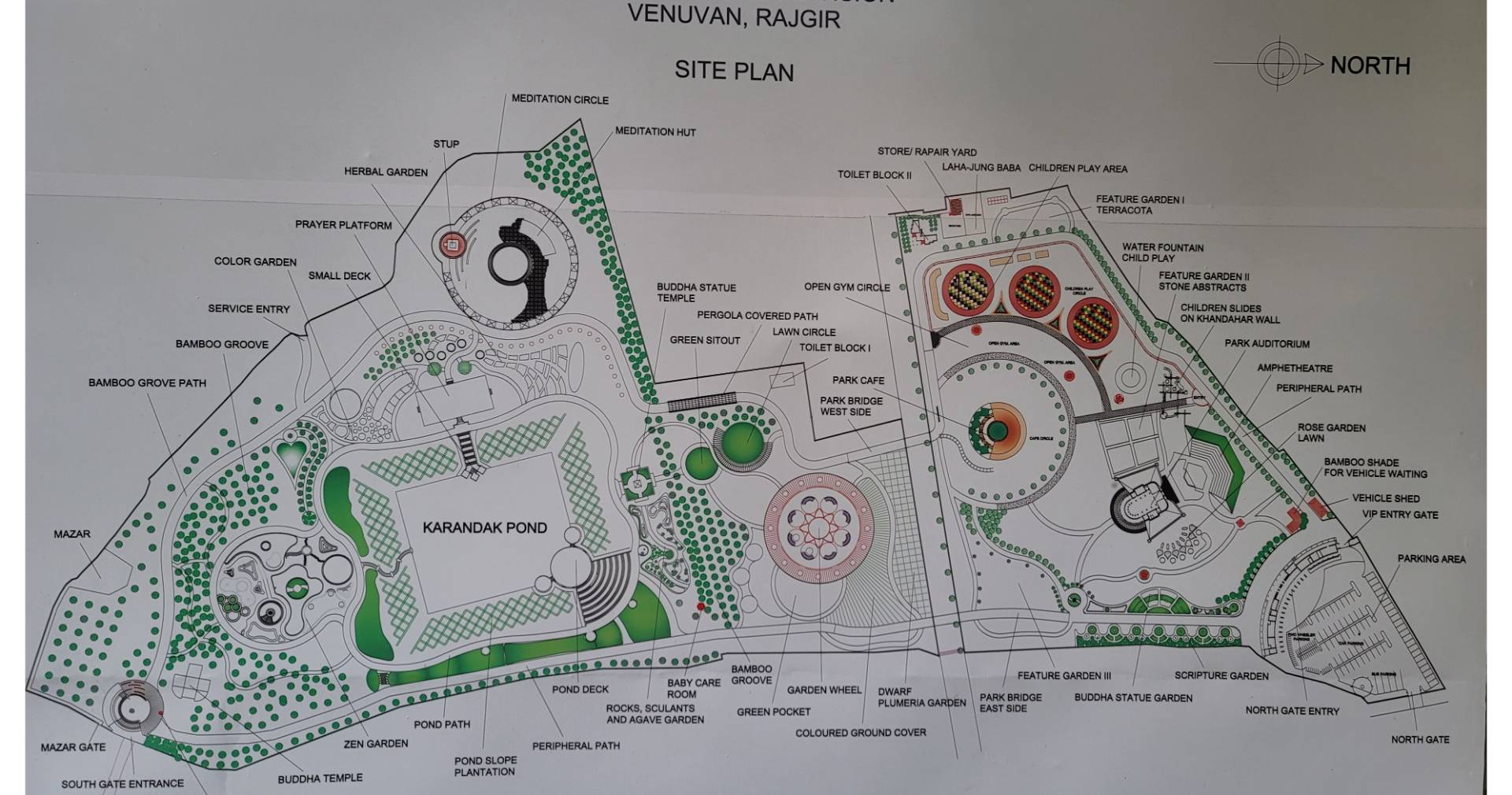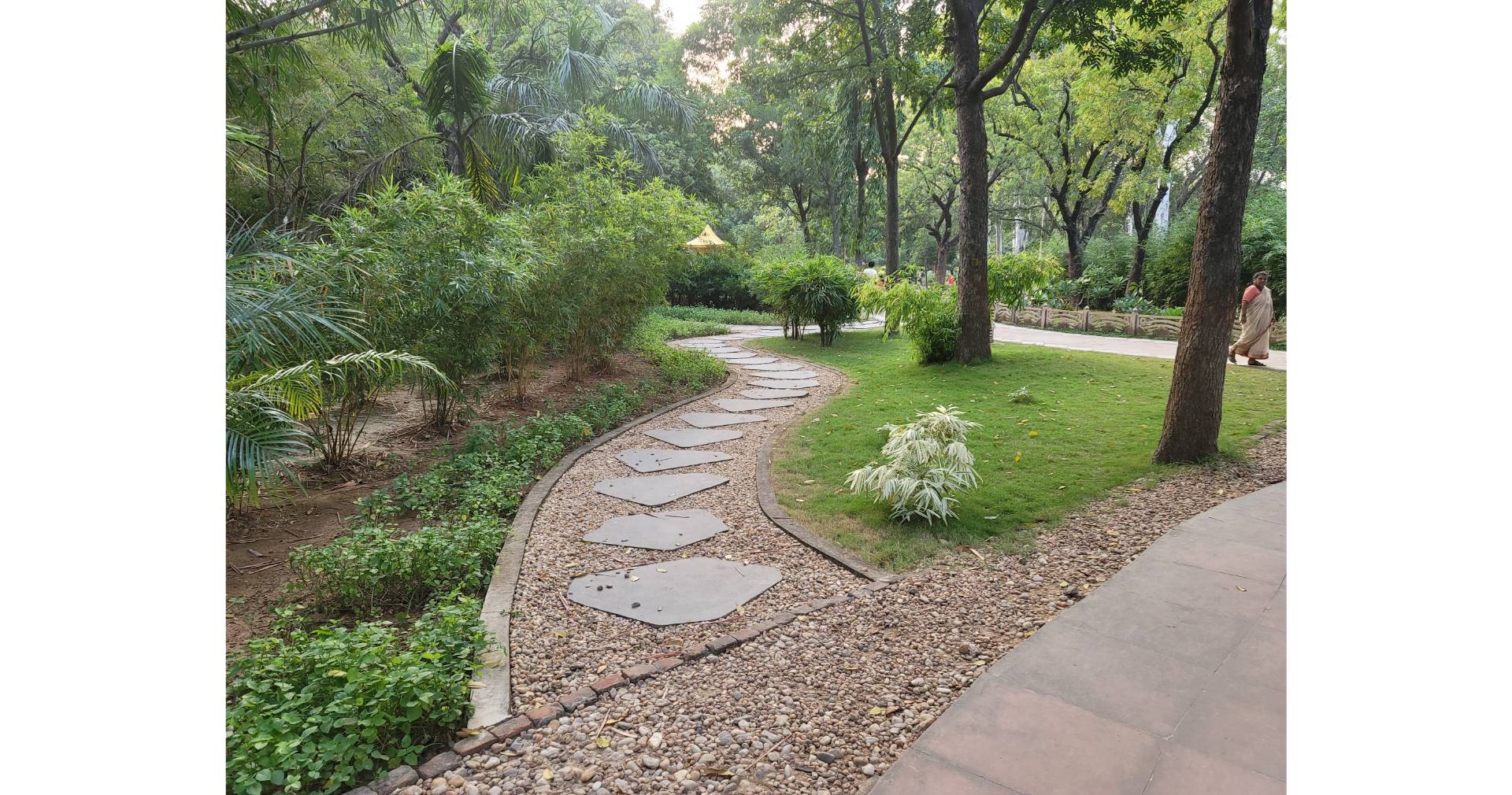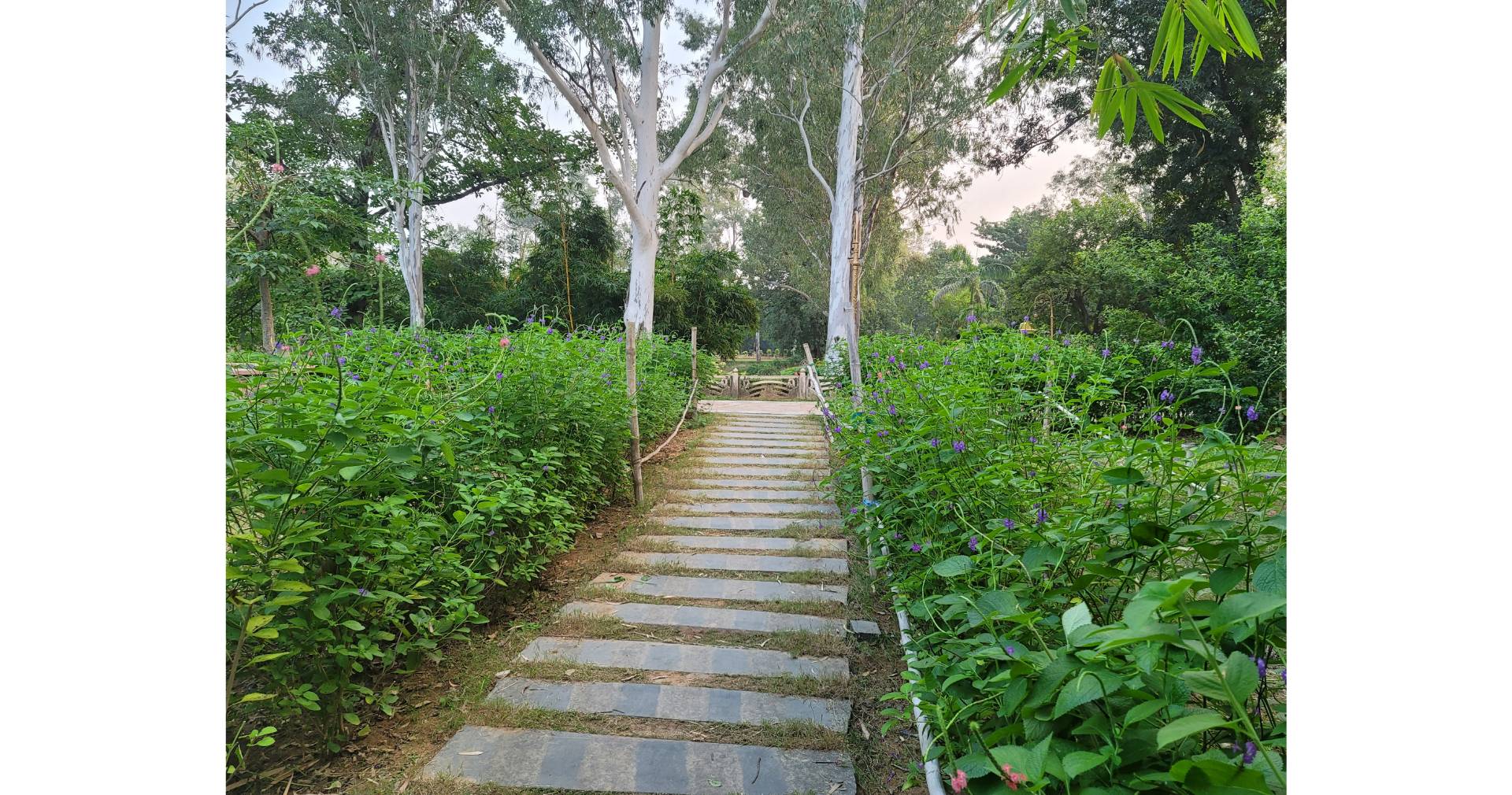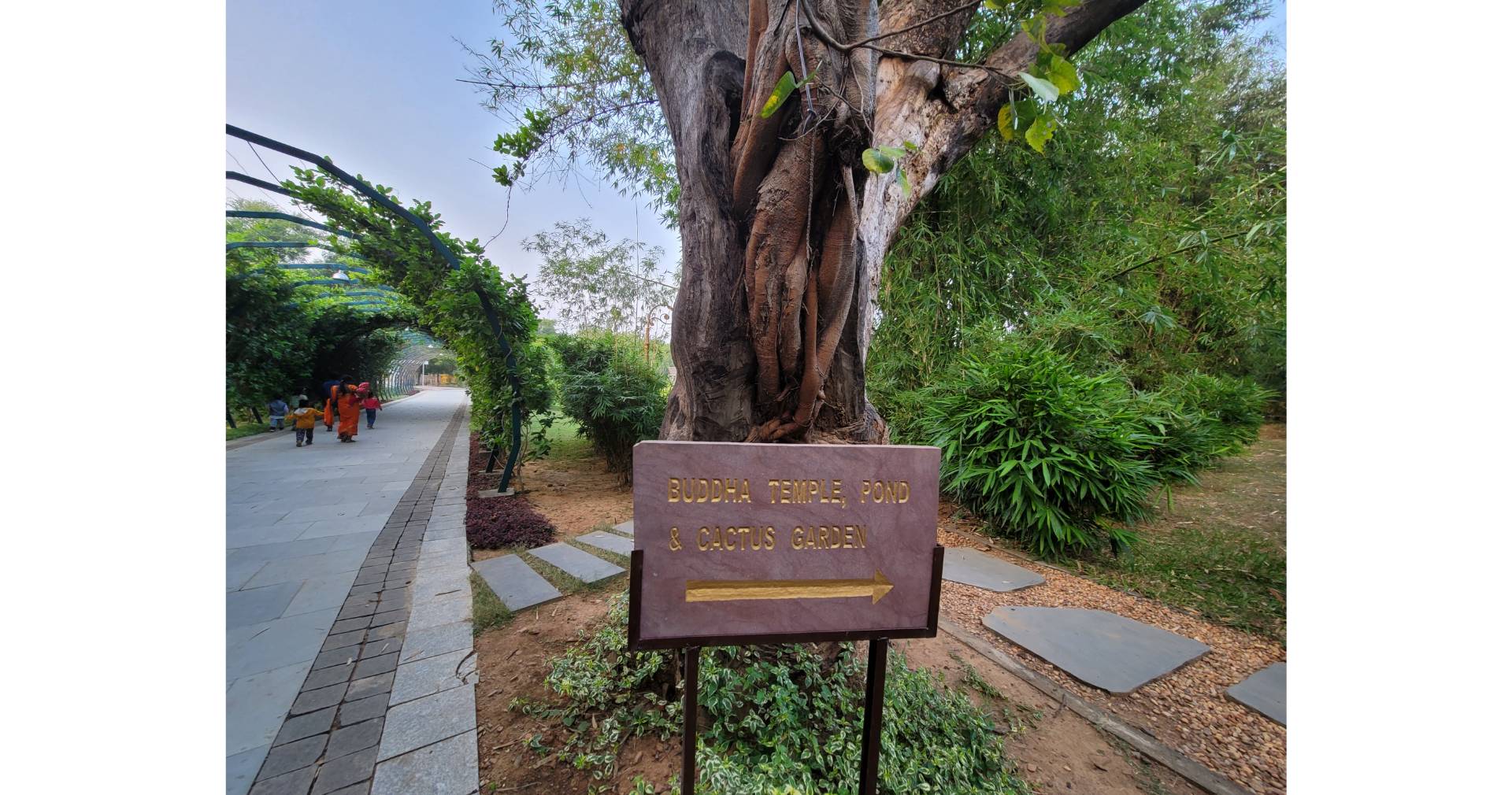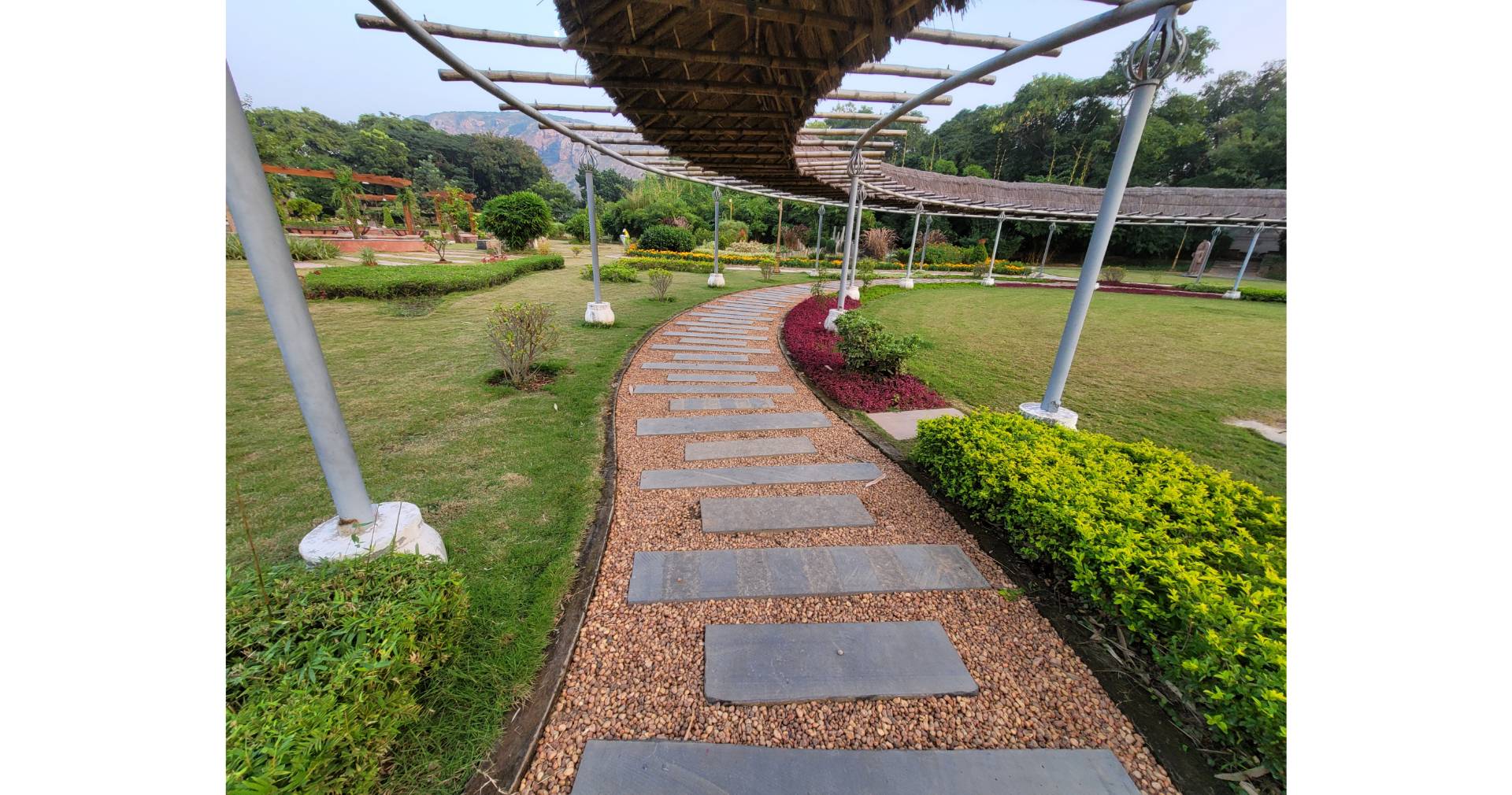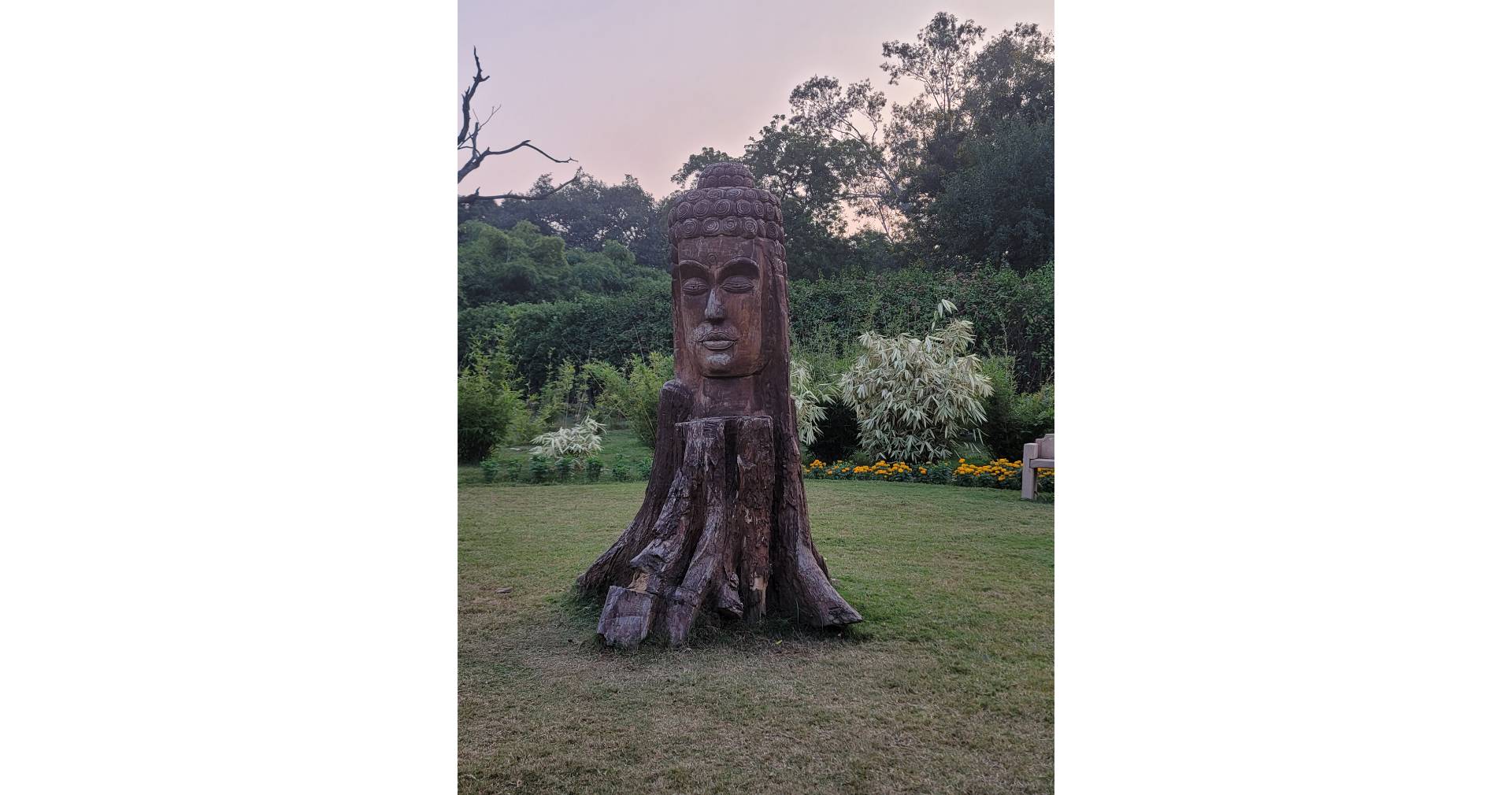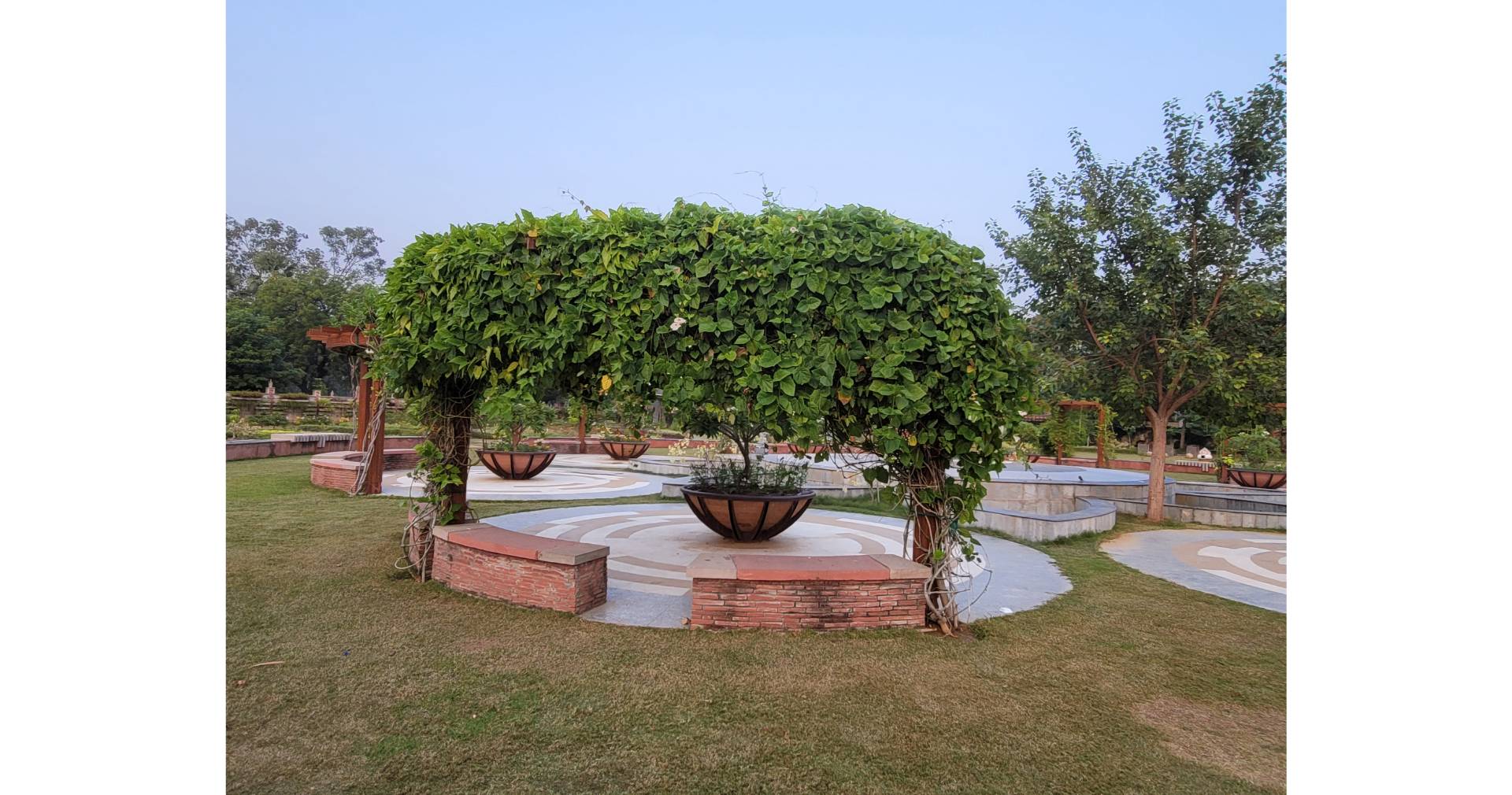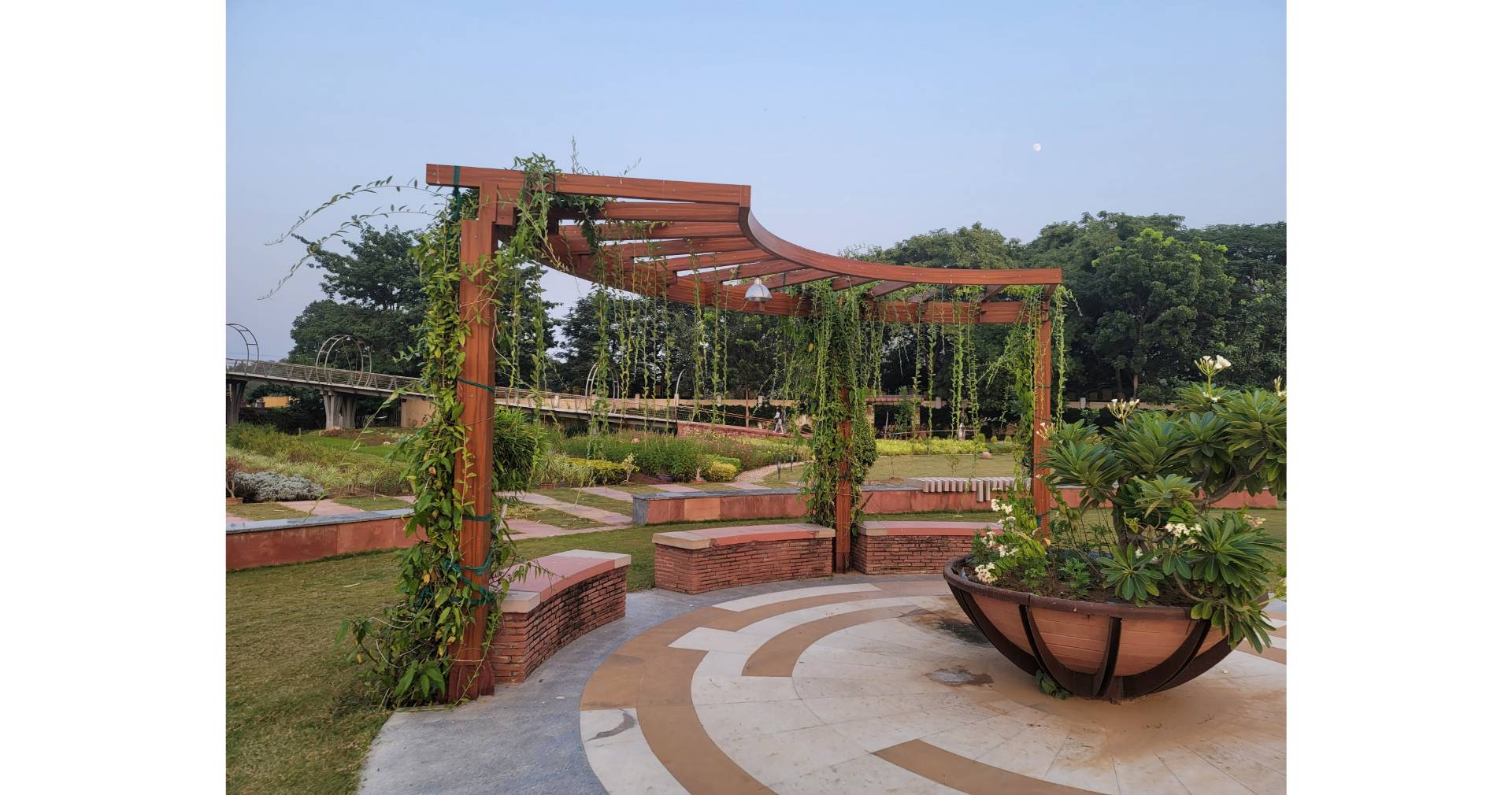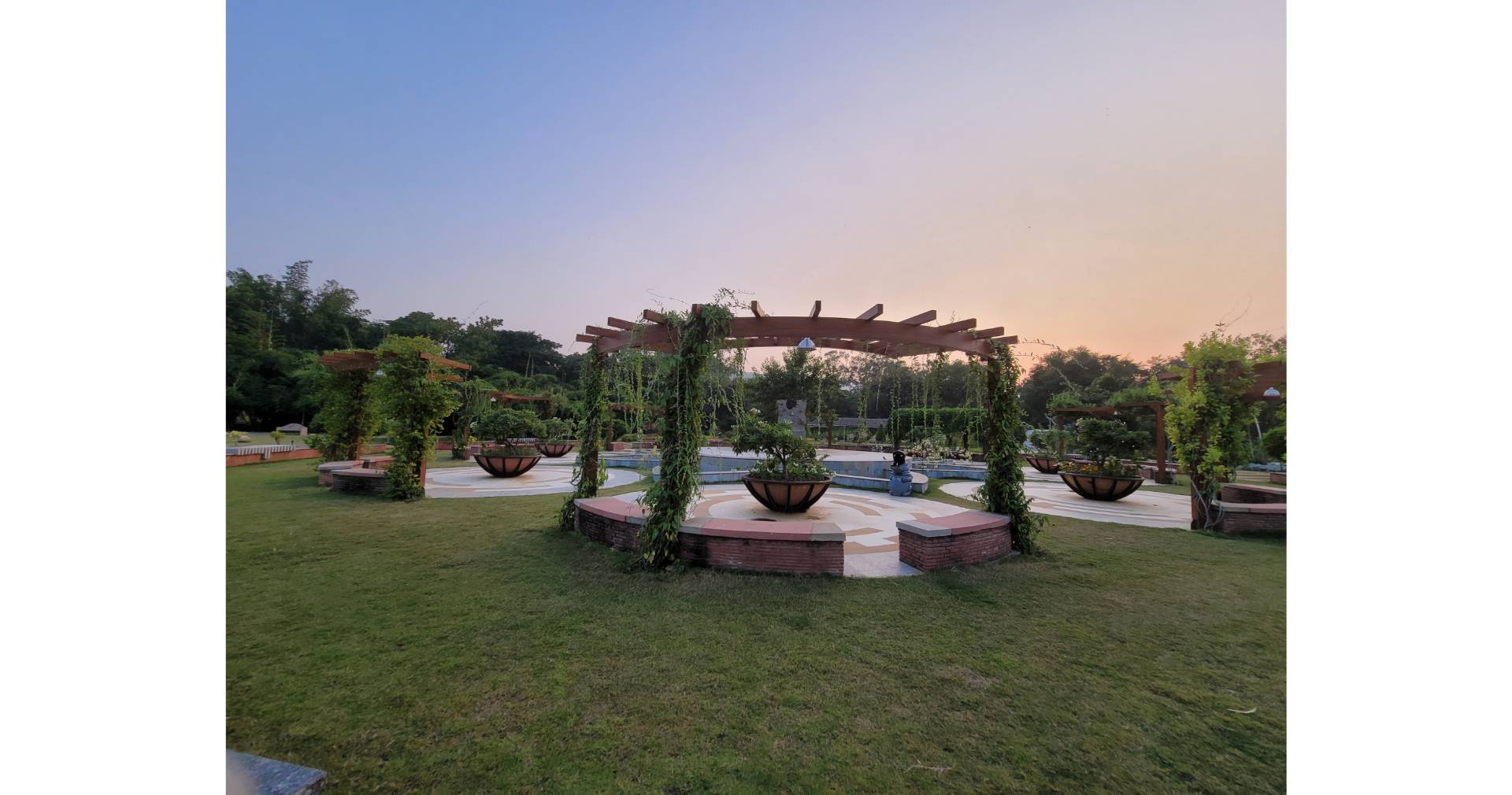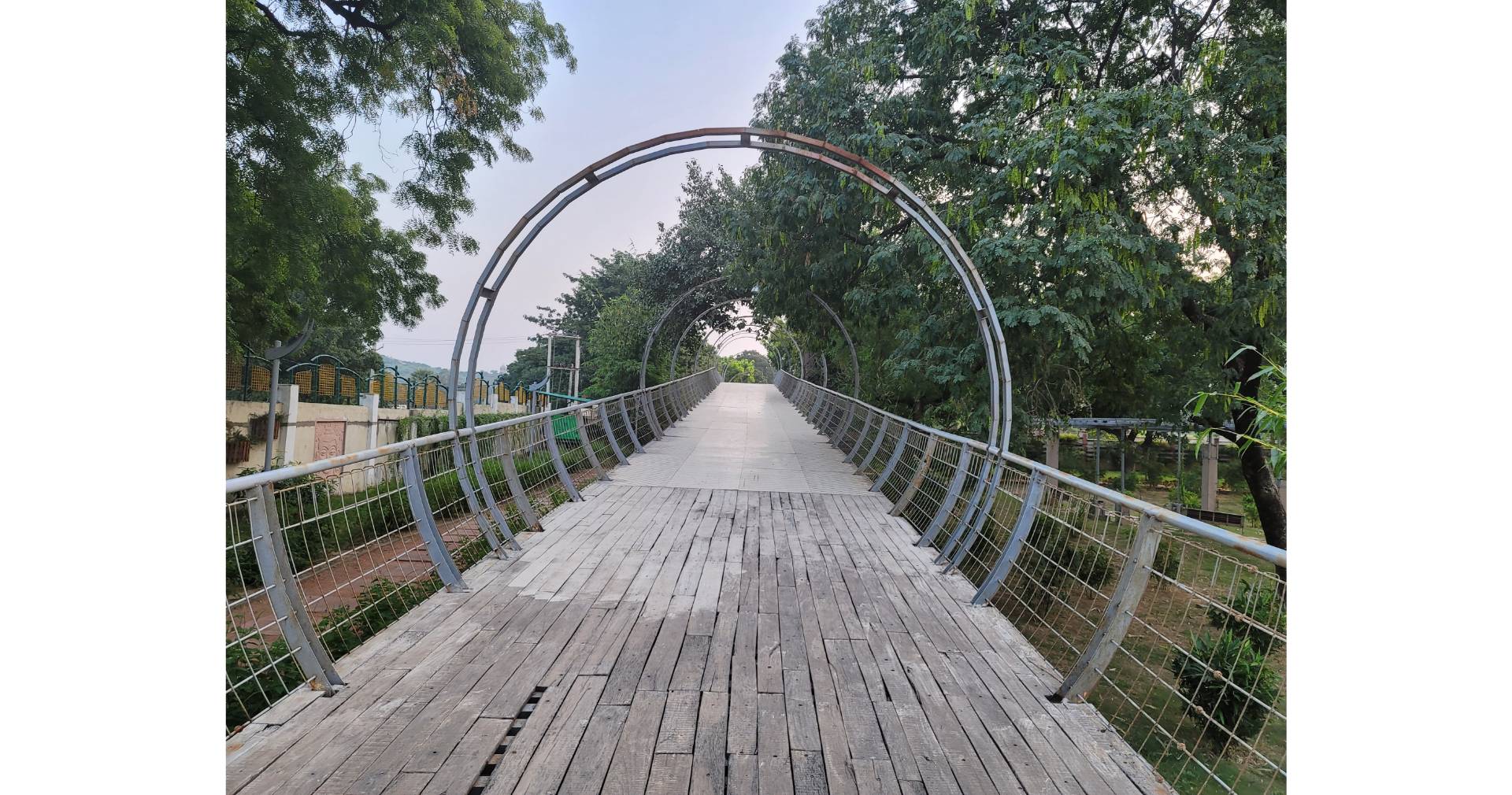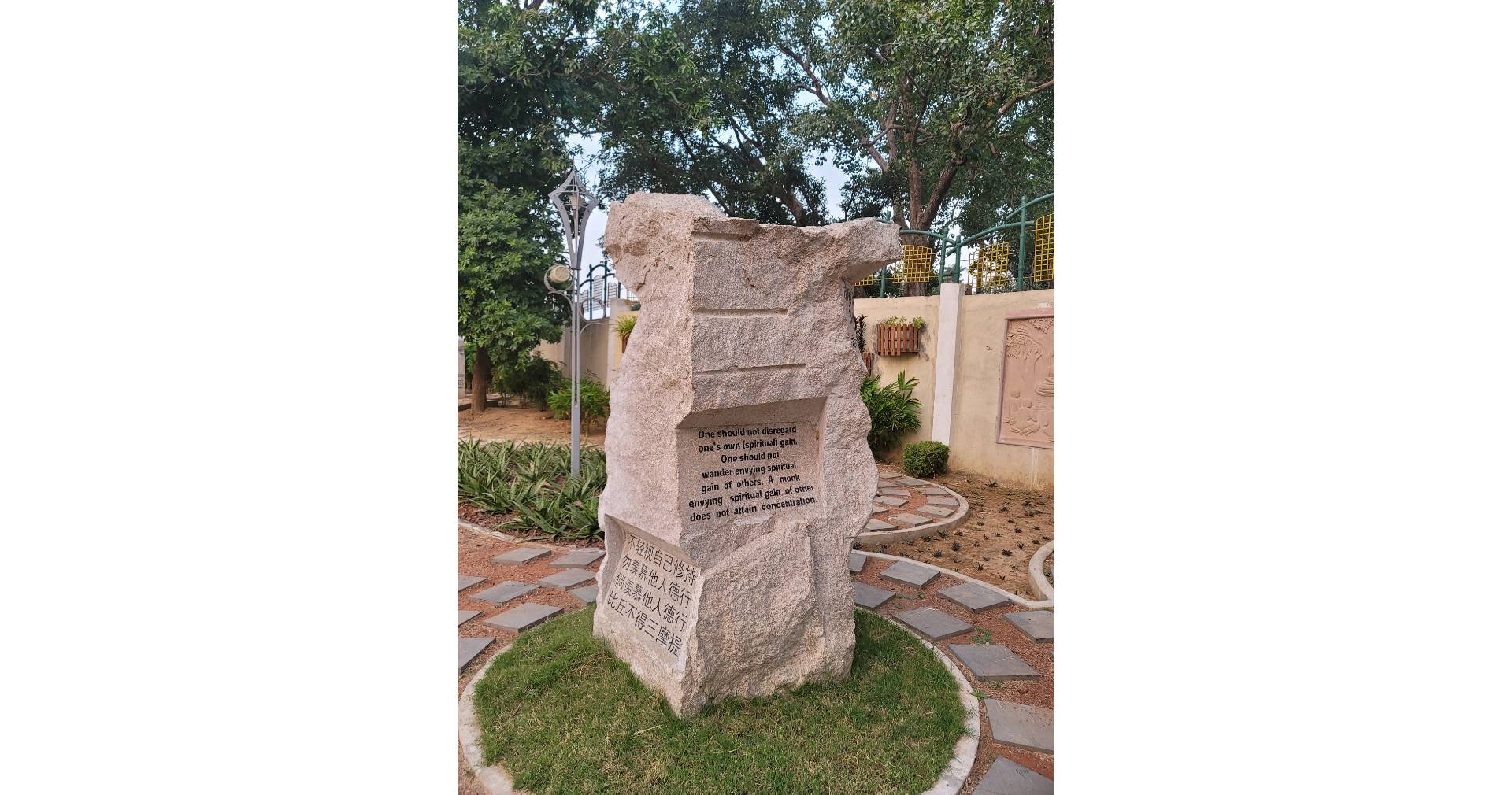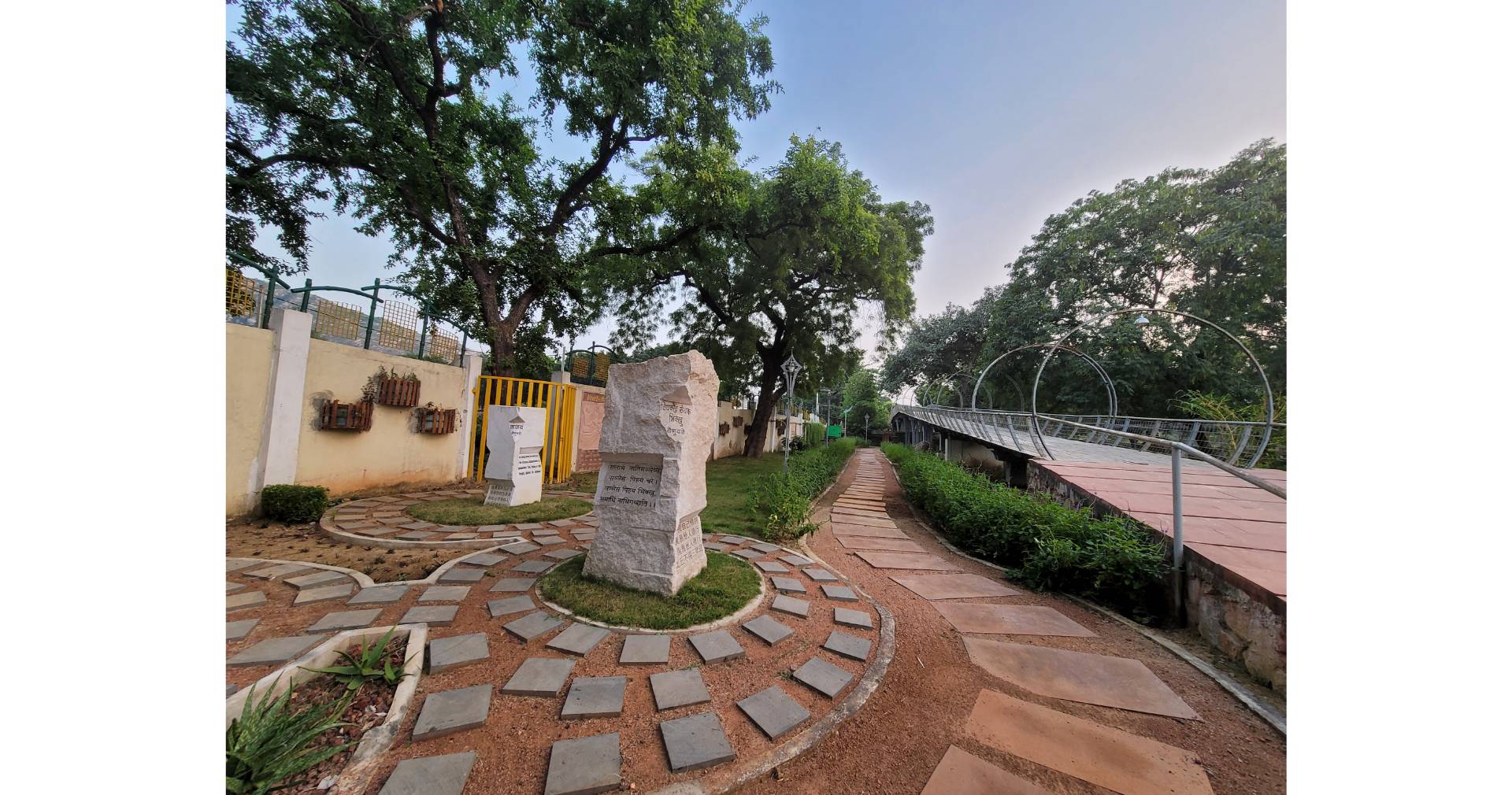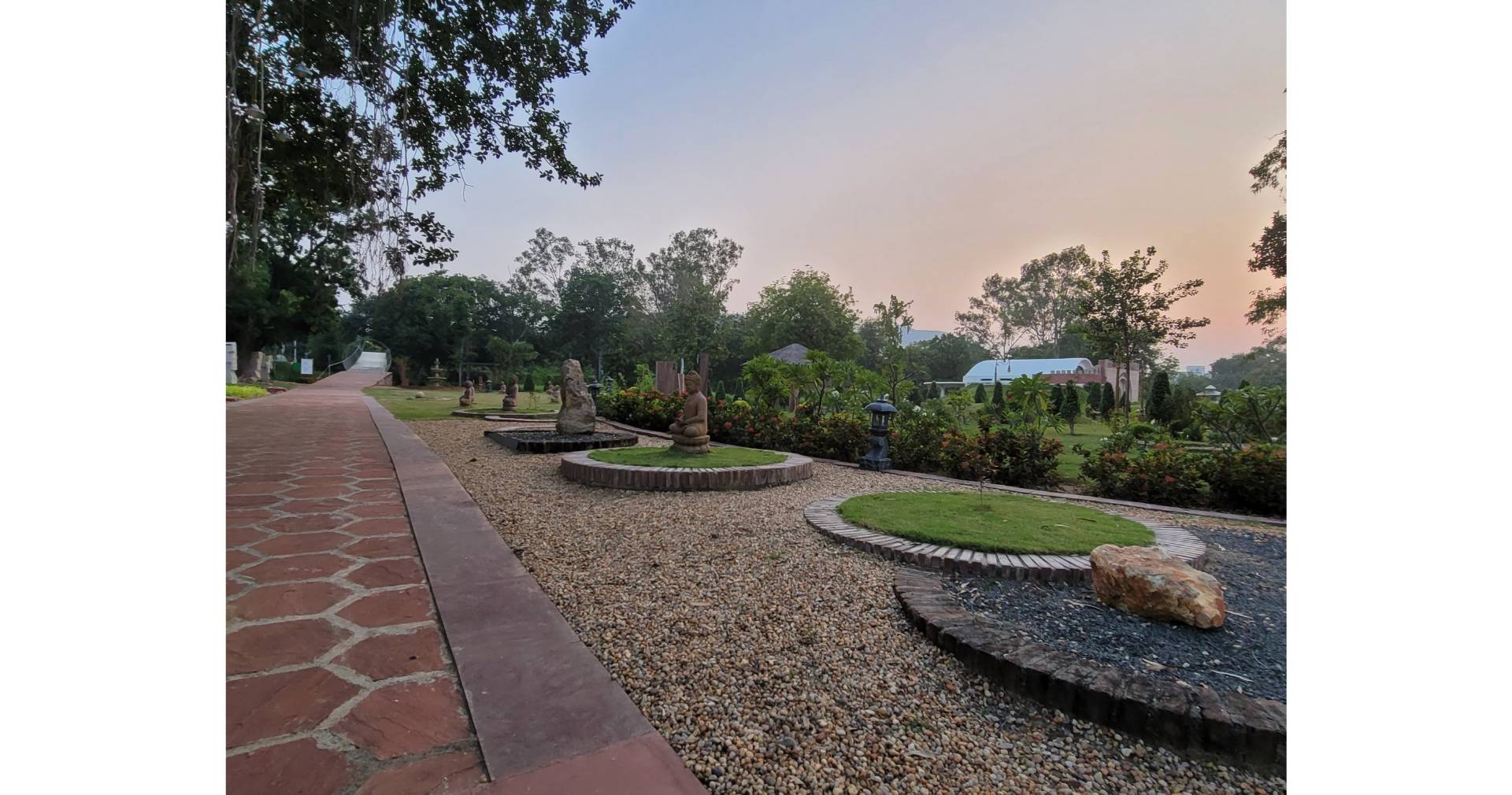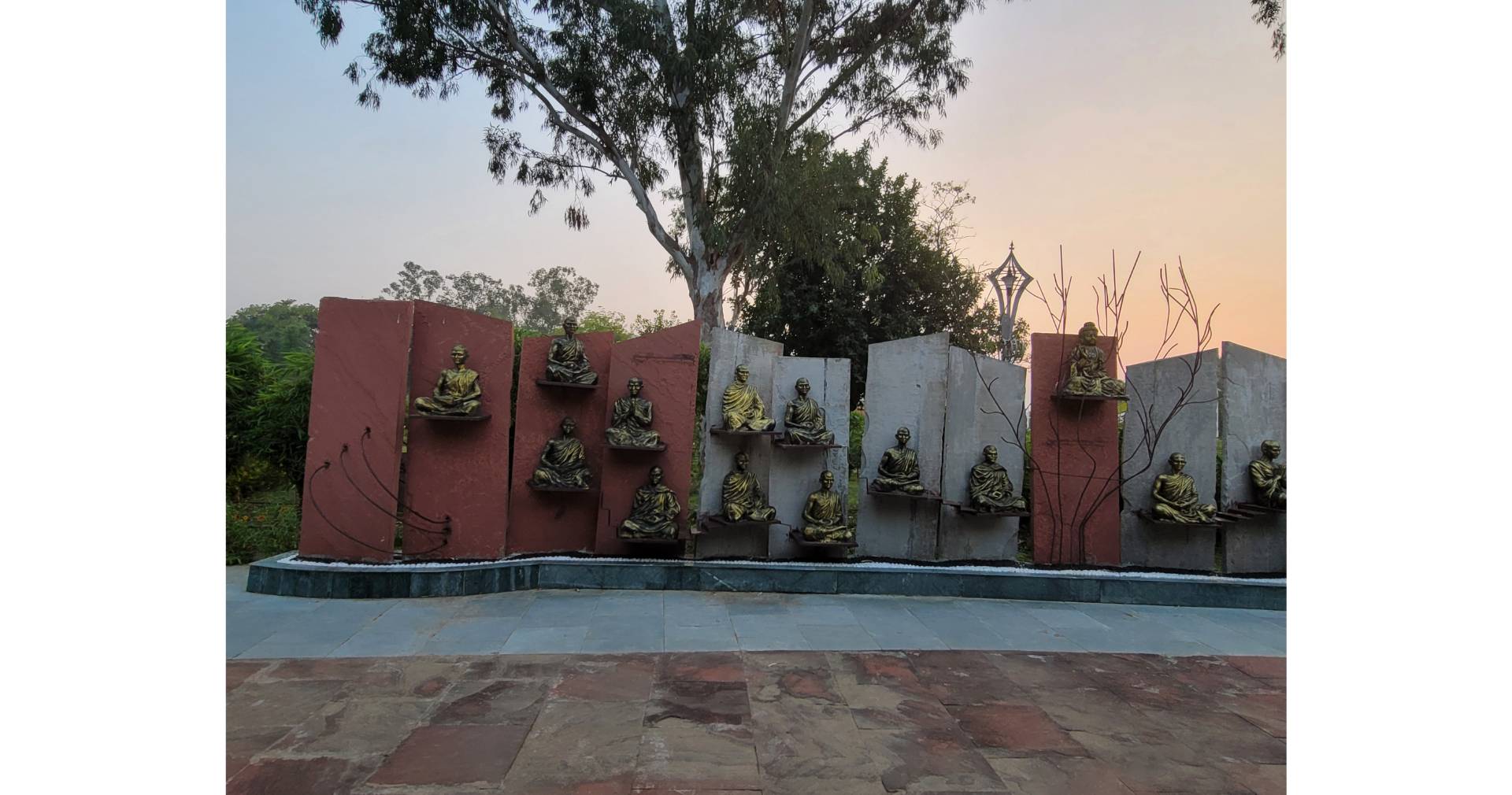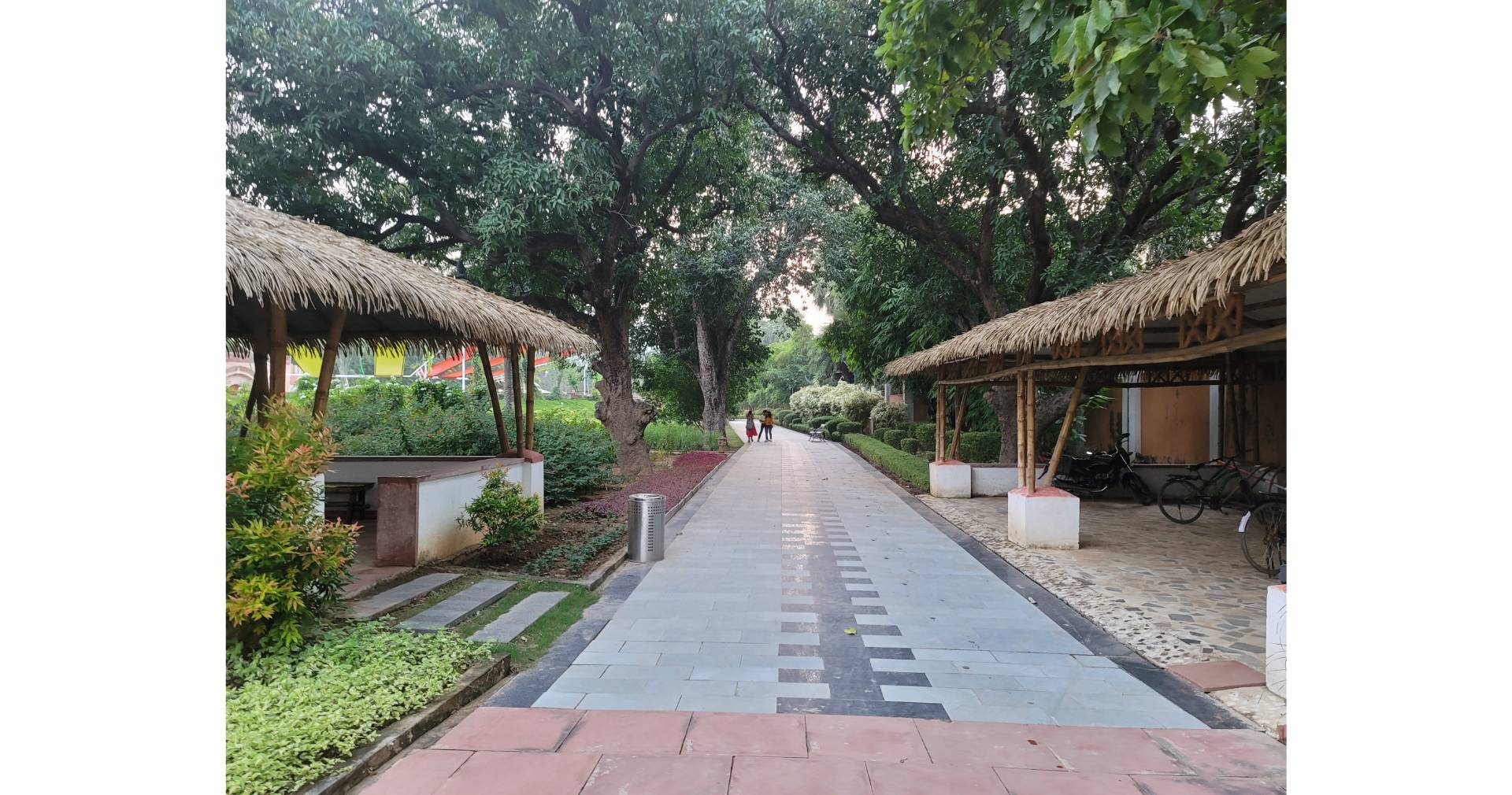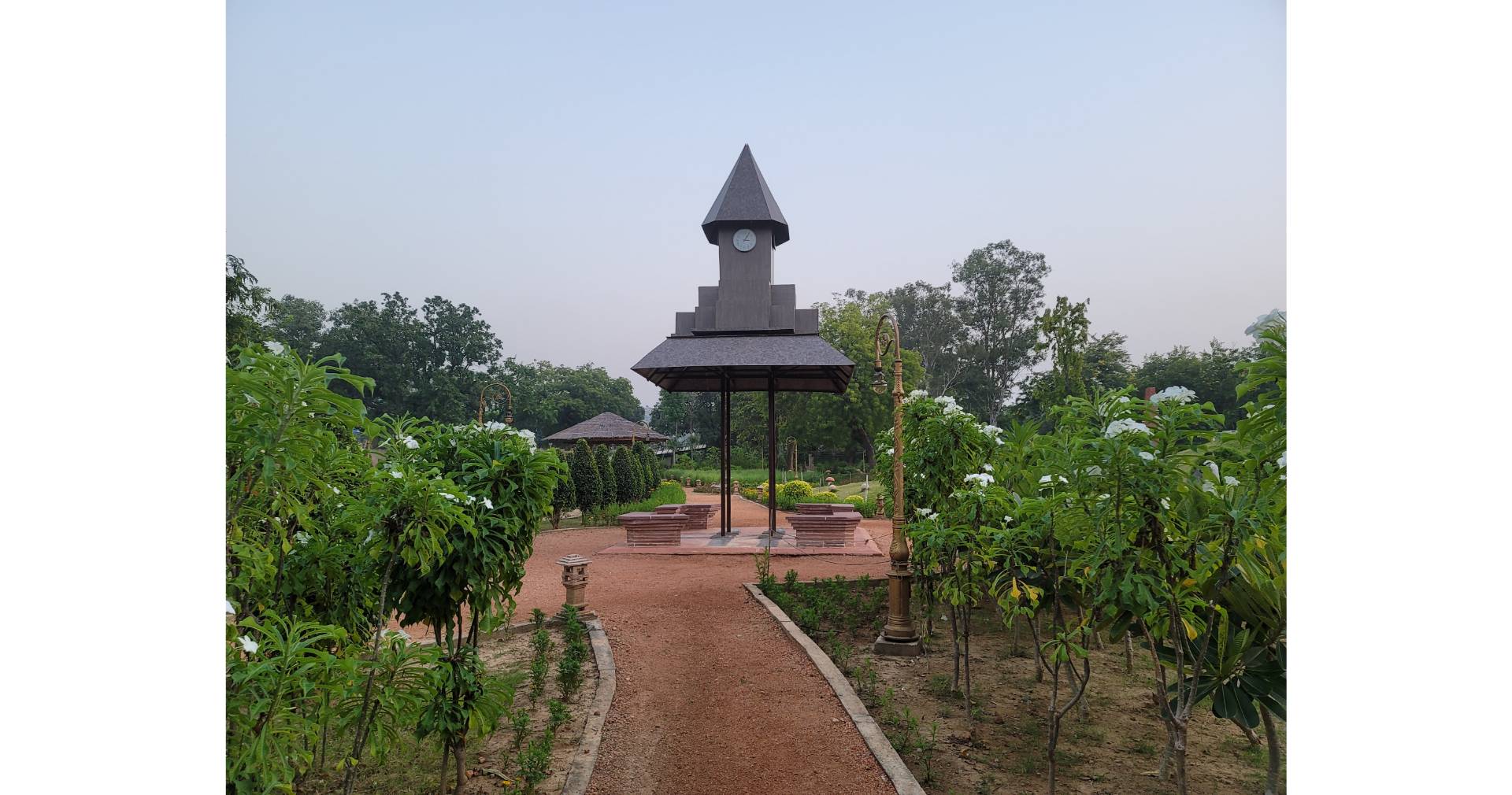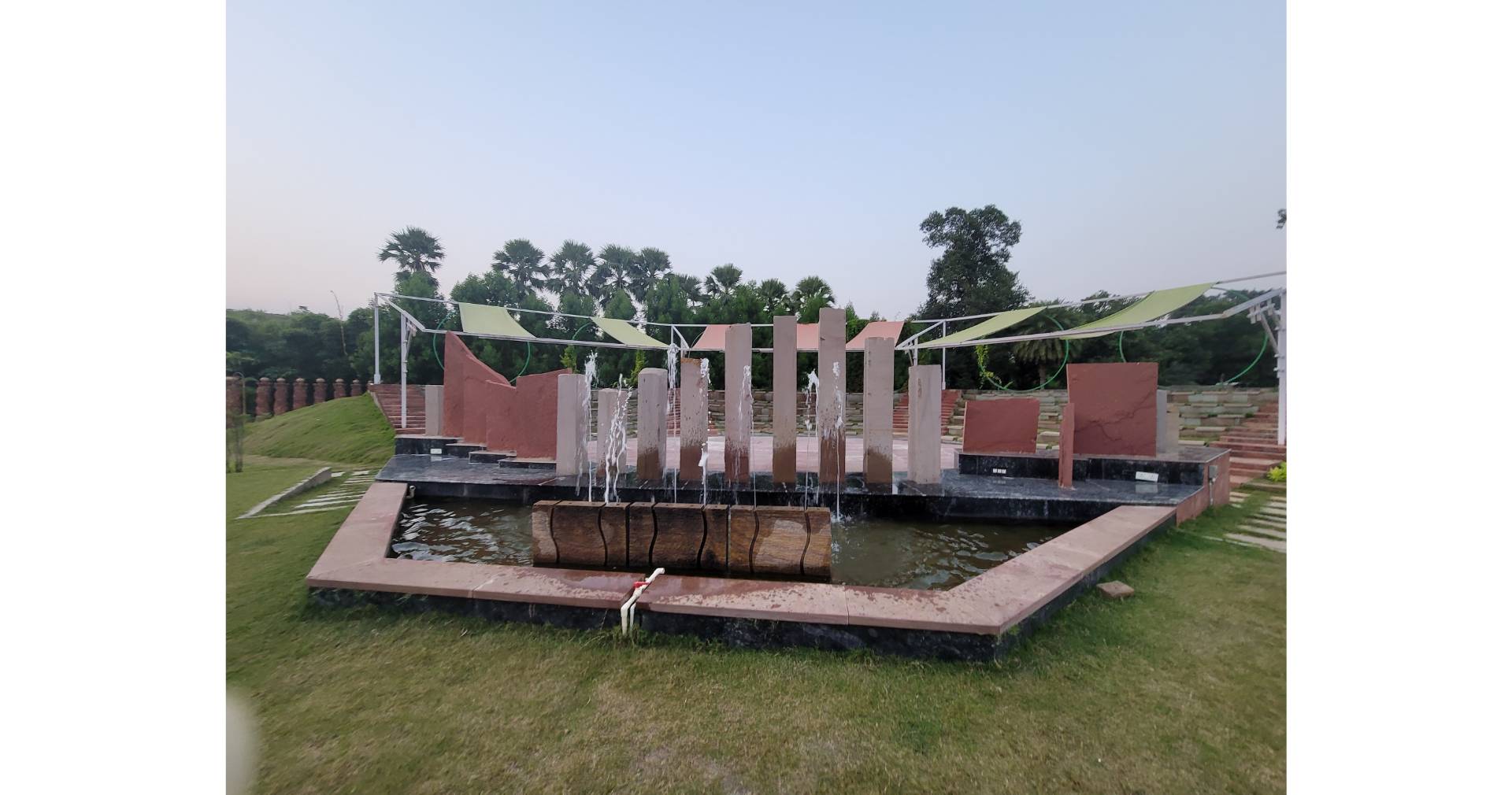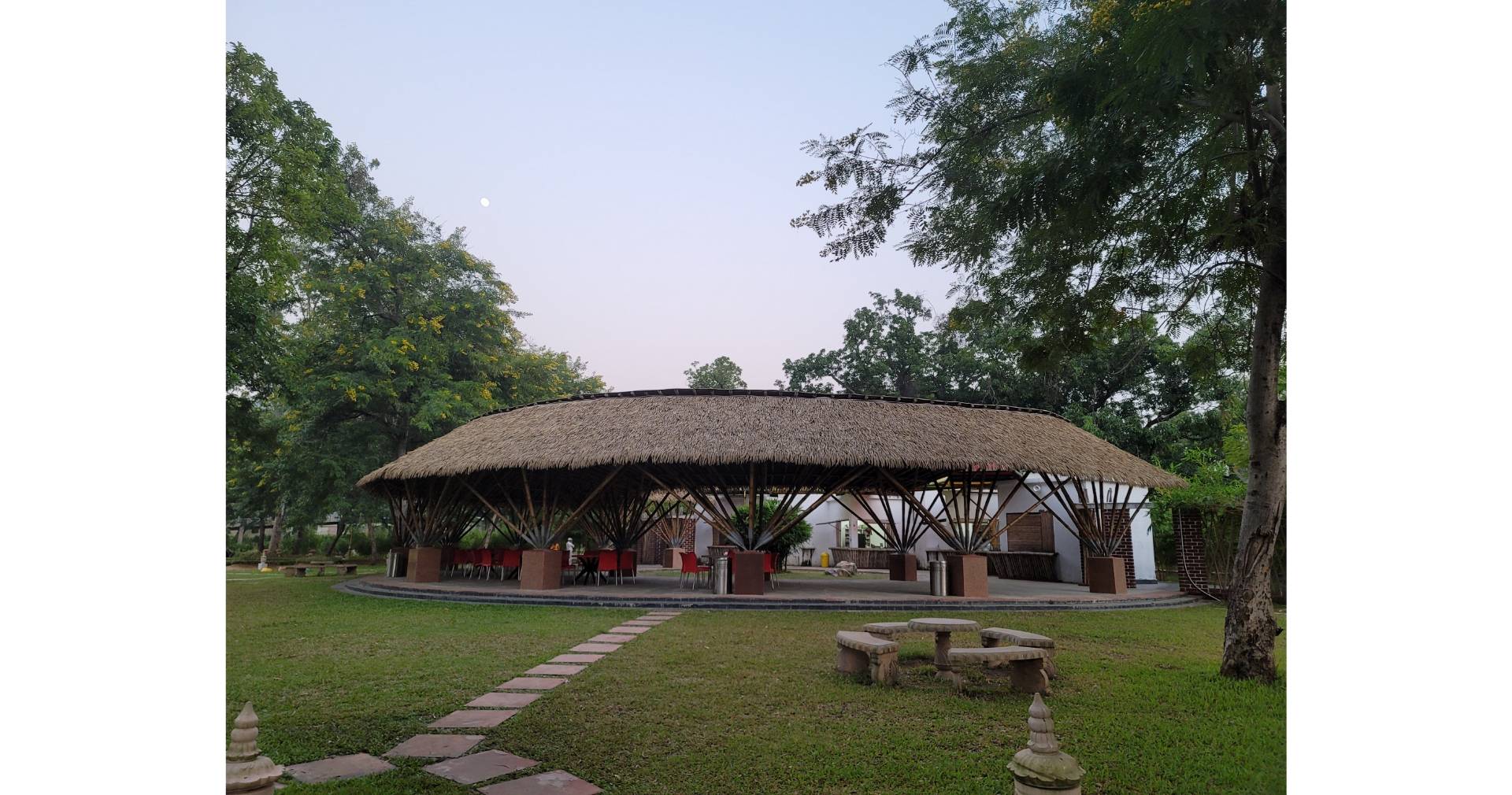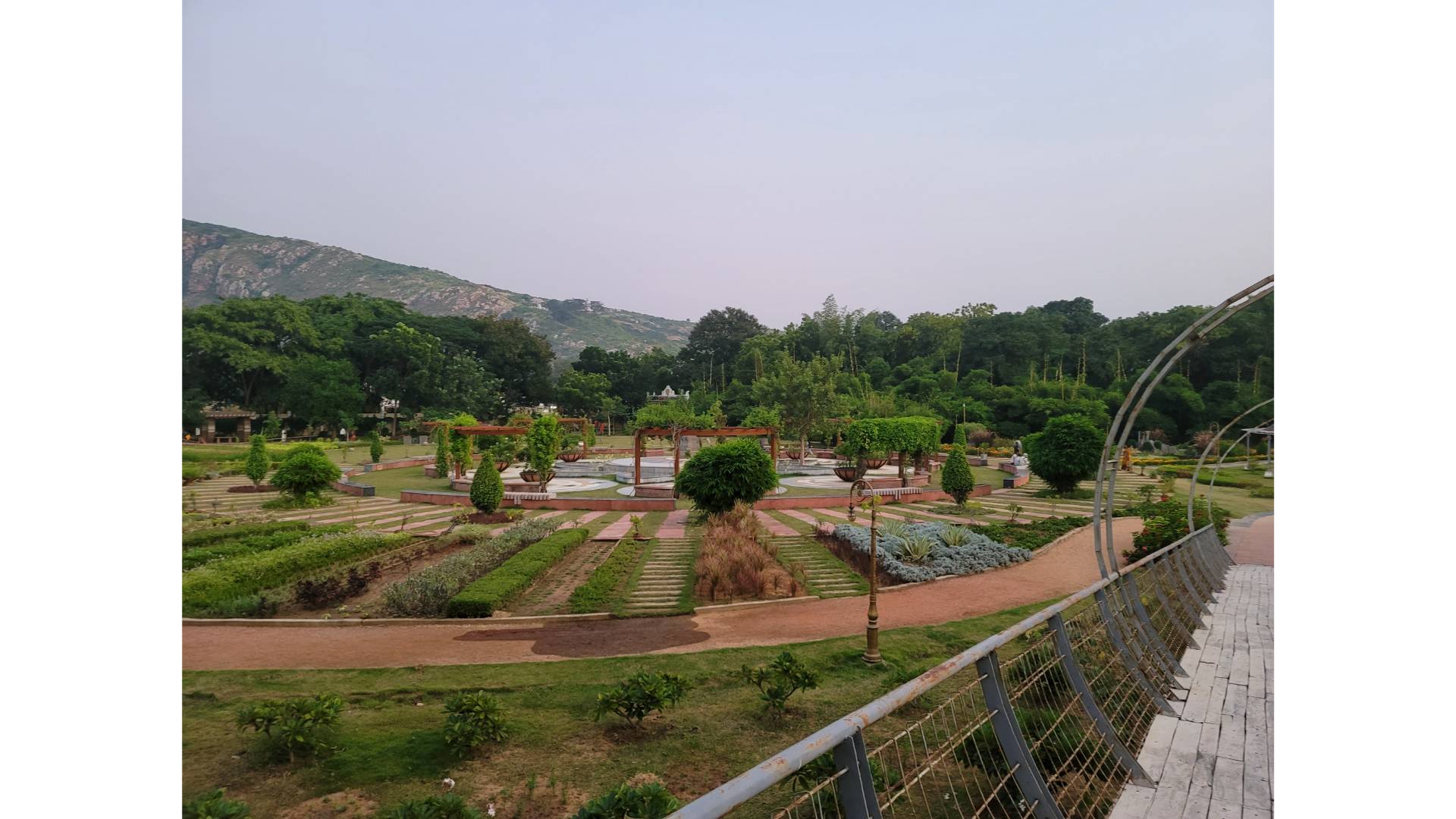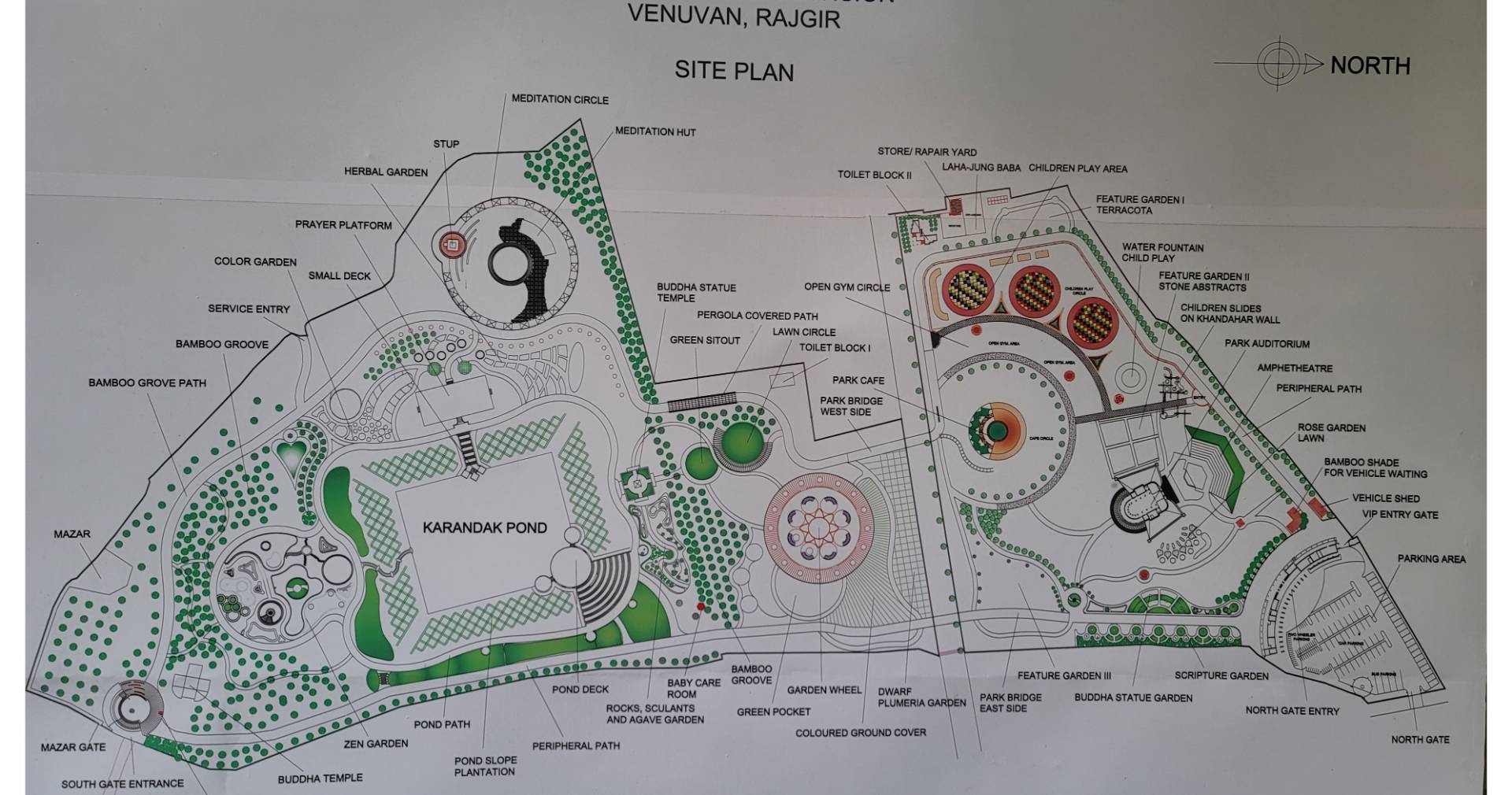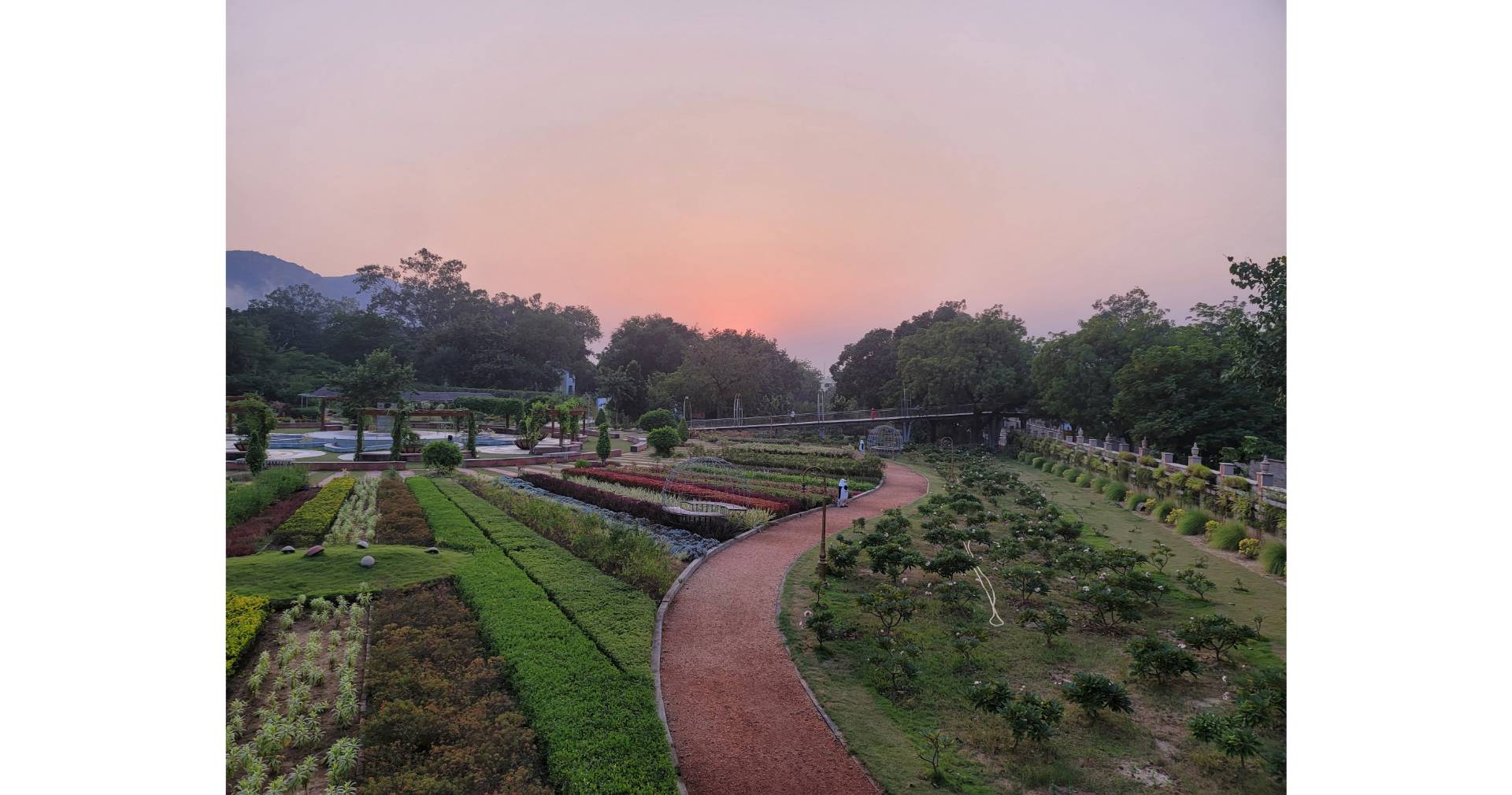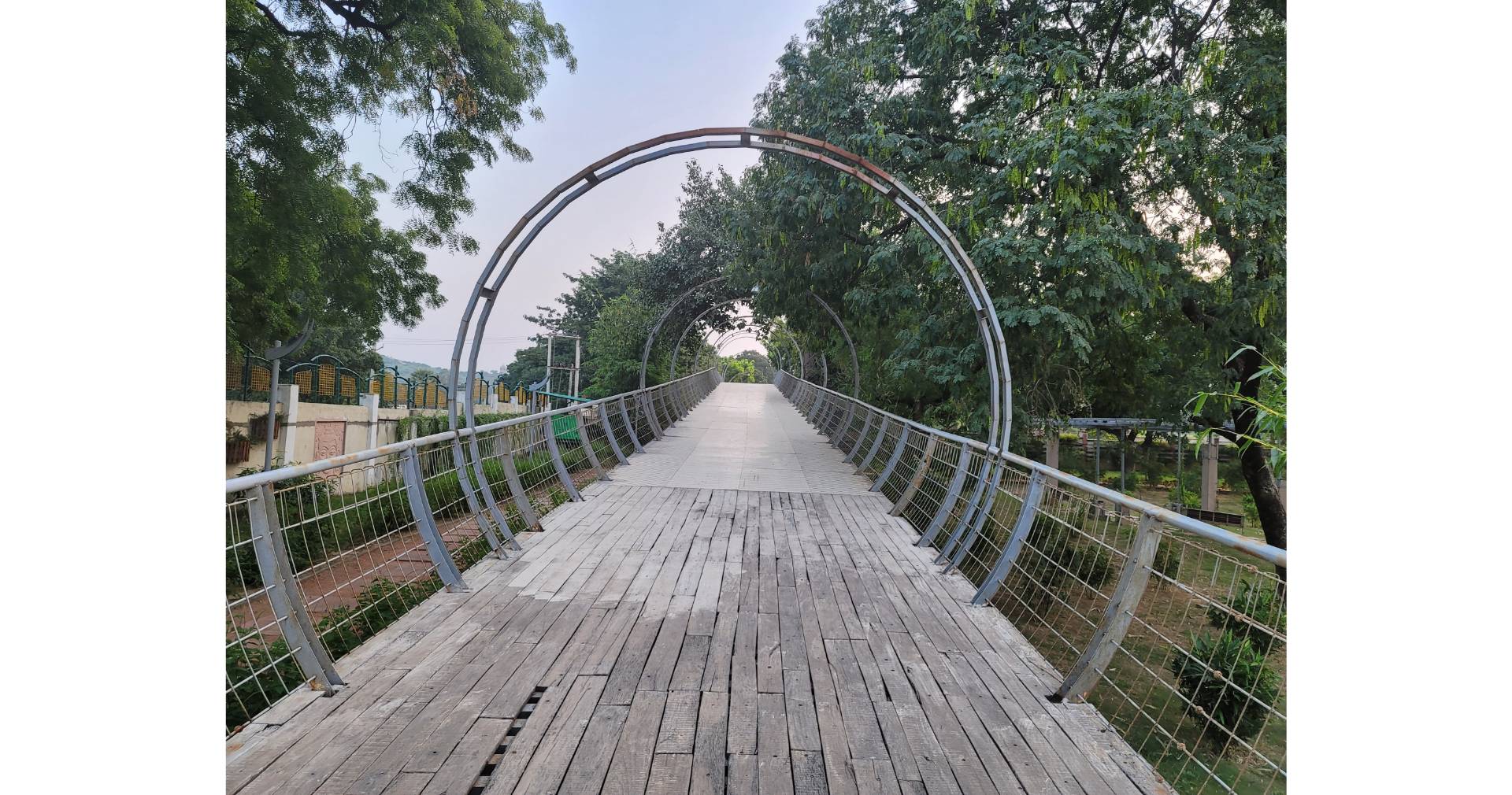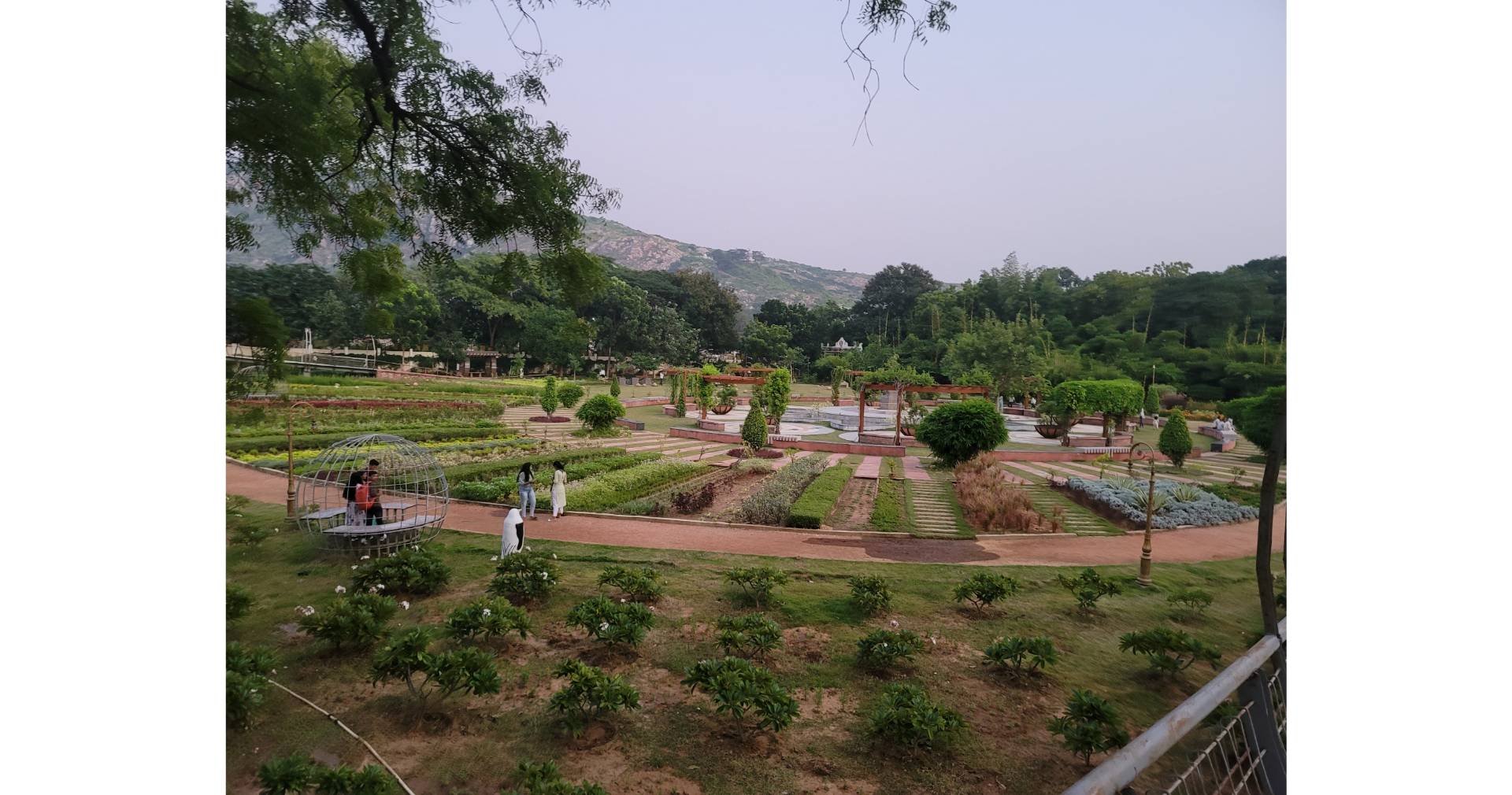Venuban Bihar
Venuban Bihar, Nalanda Rajgir
Venuban, located in the historic district of Nalanda in Bihar, India, is a place of profound historical and spiritual significance. This serene grove is not only a beautiful natural retreat but also a pivotal site in Buddhist history. It offers a glimpse into the life and teachings of Lord Buddha and the rich cultural heritage of ancient India. Venuban, also known as Veluvana or Bamboo Grove, is closely associated with the life of Buddha.
It is believed to be one of the first donations to the Buddhist Sangha, given by King Bimbisara of Magadha. This grove served as a retreat for Buddha and his disciples, where they spent many monsoon seasons. The peaceful environment of Venuban provided an ideal setting for meditation and the propagation of Buddha’s teachings.
Venuban, Nalanda, stands as a testament to the enduring legacy of Buddhism and the historical richness of ancient India. Its serene environment, coupled with its profound historical and spiritual significance, makes it a unique destination. Whether you are a history enthusiast, a spiritual seeker, or simply someone who appreciates natural beauty, Venuban offers a unique and enriching experience.
History
Buddhist Legacy
Venuban holds a special place in the Buddhist tradition. It was here that several important discourses were delivered by Buddha, including the teachings on the Four Noble Truths and the Eightfold Path. The grove symbolizes the generosity and support of laypeople, like King Bimbisara, towards the monastic community. This support was crucial for the sustenance and spread of Buddhism in its early days.
Archaeological Findings
The site has yielded numerous archaeological treasures that shed light on its historical and religious significance. Excavations in and around Venuban have uncovered stupas, viharas (monastic complexes), and various inscriptions. These findings provide valuable insights into the architectural and cultural advancements of ancient Nalanda and its role as a major center of Buddhist learning.
Architecture
Venuban in Nalanda, often referred to as "Venuvana" or "Bamboo Grove," holds significant historical and architectural importance, primarily linked to its association with Lord Buddha. The architectural and landscape design of Venuban showcases the blend of natural beauty and serene simplicity, reflecting the principles of Buddhist aesthetics and spiritual harmony.
Natural Harmony:
- Bamboo Groves: The landscape is dominated by bamboo groves, providing a tranquil and green environment. These groves create a peaceful setting, ideal for meditation and reflection.
- Water Features: Ponds and small streams are integral to the landscape design, symbolizing purity and the flow of life. These water features also serve practical purposes, such as irrigation and enhancing the microclimate.
Paths and Walkways:
- Meditative Pathways: The garden paths are designed to encourage slow, mindful walking, enhancing the meditative experience. These pathways meander through the groves and around water features, promoting introspection.
- Stone Pathways: Simple stone paths connect different parts of the monastic complex, providing durability and a natural aesthetic.
Gardens and Flora:
- Medicinal Plants: Reflecting the Buddhist emphasis on healing and well-being, the gardens include a variety of medicinal plants and herbs. These plants are used by the resident monks for traditional healing practices.
- Flower Gardens: Colorful flower gardens enhance the aesthetic appeal of Venuban, creating a vibrant and welcoming atmosphere. Flowers are often used in religious offerings and ceremonies.
Sacred Spaces:
- Meditation Zones: Specific areas are designated for meditation and quiet reflection. These zones are often marked by stone benches, shaded by bamboo and other trees, providing a serene environment for spiritual practices.
- Altar Spaces: Outdoor altars and prayer spaces are common, allowing monks and visitors to engage in rituals and offer prayers in a natural setting.
Integration with Buddhist Principles
The architecture and landscape design of Venuban are deeply intertwined with Buddhist principles of simplicity, mindfulness, and harmony with nature. The emphasis on natural materials, the incorporation of sacred symbols like the stupa and chaitya, and the creation of peaceful, meditative spaces all reflect the core values of Buddhism.
The design aims to foster a spiritual atmosphere conducive to meditation, learning, and communal living. The serene environment not only supports the monastic lifestyle but also provides a haven for visitors seeking peace and enlightenment.
Conclusion
Venuban in Nalanda is a testament to the seamless integration of natural beauty and architectural simplicity, guided by the principles of Buddhist philosophy. Its design encourages spiritual growth, mindfulness, and a deep connection with nature, making it a significant site for both historical and contemporary spiritual seekers.
How to Go
Reaching Venuban Nalanda is relatively straightforward, with several transportation options available from major cities and transportation hubs. Here’s how you can get there:
Nearest Major Cities and Transportation Hubs
- Patna: The capital city of Bihar, Patna, is the nearest major city, approximately 90 kilometers away from Nalanda. It serves as the primary gateway for travelers heading to Venuban Nalanda.
- Gaya: Another significant city nearby is Gaya, located about 70 kilometers from Nalanda. Gaya is well-known for its religious significance and also serves as a convenient transit point.
By Air
- Jay Prakash Narayan International Airport, Patna: The closest airport to Nalanda is in Patna. It is well-connected with major Indian cities such as Delhi, Mumbai, Kolkata, and Bangalore. From the airport, you can hire a taxi or take a bus to Nalanda.
- Gaya Airport: Another option is Gaya Airport, which has limited connectivity but serves direct flights from cities like Kolkata and Varanasi. From Gaya, you can reach Nalanda by road.
By Train
- Nalanda Railway Station: Nalanda has its own railway station, but it is relatively small with limited connectivity.
- Bihar Sharif Railway Station: Located around 15 kilometers from Nalanda, Bihar Sharif has better connectivity and more frequent train services. You can take a taxi or an auto-rickshaw from the station to Nalanda.
- Patna Junction: For travelers coming from distant locations, Patna Junction is a major railway hub with extensive connectivity across India. From Patna, you can hire a taxi or take a bus to Nalanda.
By Road
- From Patna: You can hire a taxi or take a bus from Patna to Nalanda. The journey by road takes about 2-3 hours. Regular bus services are available from Patna’s main bus terminal.
- From Gaya: The road journey from Gaya to Nalanda takes about 2 hours. Taxis and buses are readily available.
- Self-Drive: If you prefer driving, you can rent a car and enjoy the scenic drive to Nalanda. The roads are generally in good condition and well-signposted.
Where to stay
Nalanda Regency:
- Description: A well-known hotel in Nalanda, offering modern amenities and comfortable rooms. It is conveniently located near the main attractions.
- Facilities: Free Wi-Fi, restaurant, room service, and parking.
- Ideal For: Families, solo travelers, and business visitors.
Hotel Siddhartha International:
- Description: A mid-range hotel providing good value for money. It offers clean and well-maintained rooms.
- Facilities: Free Wi-Fi, restaurant, and tour assistance.
- Ideal For: Budget travelers and backpackers.
Tathagat Hotel:
- Description: A budget-friendly hotel with basic amenities. It is a great option for travelers looking for an economical stay.
- Facilities: Restaurant, room service, and parking.
- Ideal For: Solo travelers and backpackers.

